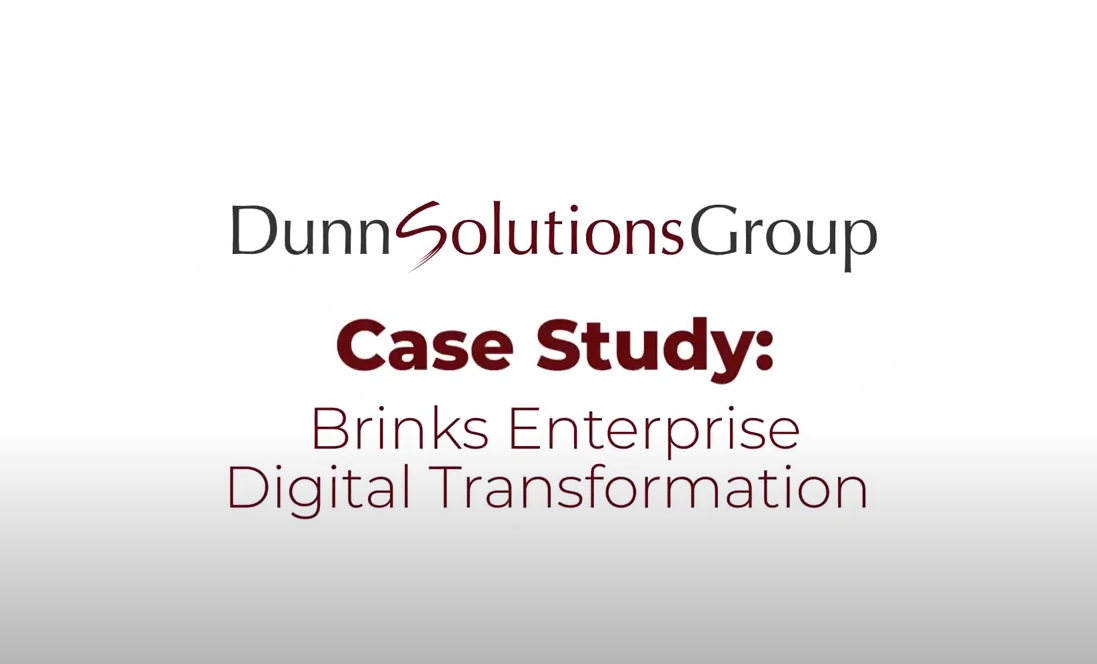Project: E-mail Opt-Out Rate Minimization
Client: Major Fashion Retailer
When Dunn Solutions met its current client, a major fashion retailer with multiple locations and brands under it's control, it was concerned with the high e-mail opt out rates it had been experiencing.
One way they collected e-mails was through its loyalty card program. The client had a program for its existing customers that sent them special offers and discounts for those who signed up. The client used this database of e-mails to cross-sell in various ways to its existing customers. Their 1.3 million e-mail subscribers were receiving multiple e-mails from its various brands. If the customer shopped at one of its brands, it would receive e-mails from all of them. The problem was that instead of driving more revenue with its e-mail blasts, people we're choosing to opt-out from receiving future communications from the company.
Challenge: High Attrition Rate, Low Acquisition Rate
Over the last 3 years, 2.97% of subscribers had opted out of further communication, over half of them in the last year. The number of new acquisitions was far too low to make up for the customers churning, and losses in revenue translated to a staggering $15.9MM ($8.5MM last year alone).
Dunn Solutions collected data on 50,000 customers randomly chosen from the pool of 1.3MM subscribers. The client captured all interaction variables such as e-mail frequency, time of email, open rate, click-through rate, as well as customer-specific variables such as time since last purchase, average transaction rating, number of coupons redeemed, time in loyalty program, and original acquisition channel. In addition, the timestamp of the customers who opted out of email communication was recorded.
Solution: Individual Churn Score Created
Dunn Solutions developed and validated an econometric model that incorporated all customer metrics and assigned each customer a risk score. For each customer with a high-risk score, the model identified and ranked the reason. Now the client knew who was about to leave as well as why.
Finally, customers assigned to priority groups based on their risk score and historical spend. First priority was given to High-Value / High-Risk Customers. The client addressed Priority A and Priority B customers (see model) with targeted corrective measures based on their specific reasons for the high risk score. This gave the client the data and information it needed to be more proactive in its customer retention and to focus its e-mail offers on the right customers.
Result: Opt-out Rate Decrease
11 months later Dunn Solutions learned that by implementing the plan they developed, e-mail opt-out rates had decreased 15.9%, which equated to $2.5MM in savings for the client.




